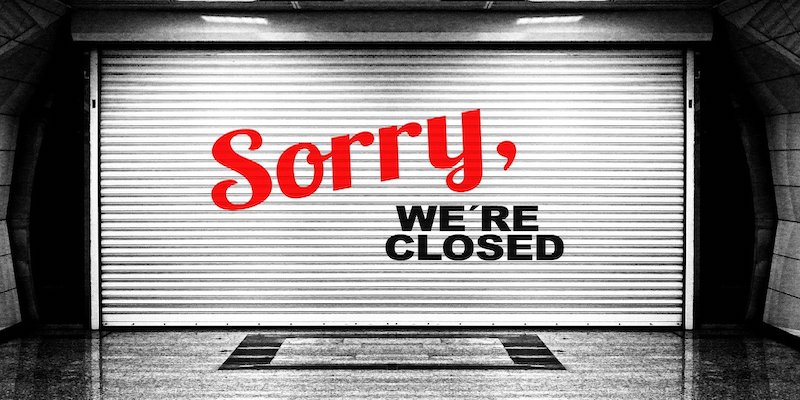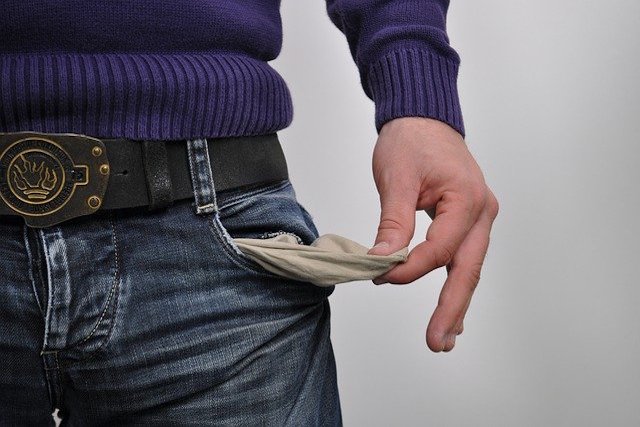The impact that COVID-19 has left on the world is expected to be felt for years and years to come. All manner of things have been affected, with one of the areas hit hardest being personal and businesses finances.
Factors like constantly changing lockdown rules limiting what consumers are able to physically do, and changes to public interests and needs in the wake of being stuck indoors have meant that some people, and businesses have started to feel the crunch.
With many turning to government-backed Coronavirus bounce back loans in order to salvage business finances, what happens if, in today’s ever changing financial landscape, you can’t pay your loan back immediately?
What is a Bounce Back Loan?
The Coronavirus Bounce Back Loan scheme was an initiative introduced by the UK government to support small and medium-sized businesses and help them tackle the financial crisis many companies faced due to the pandemic. It gave firms access to emergency finances of between £2000 and £50,000. The funds could be used for a variety of business needs.
One of the main benefits of the government bounce back loan was that directors would not be personally liable in the case of default. The loan had no personal guarantees of any kind. Instead, the business itself would stand to be liable. This acted as a form of protection of the assets of a director.
What are the Government Bounce Back Loan Repayment Terms?
Initially offered in the midst of the pandemic in May 2020, the coronavirus bounce back loans were originally offered over a six year period, with the government covering the interest, plus any additional fees for the first year. This makes the loan free from all repayments and interests for twelve months. After the initial year, the loan would progress to a 2.5% fixed rate of interest.

Repayments were intended as a series of monthly instalments made to the borrower’s particular lender. However, the loans were introduced in good faith with the belief that once the initial year was up, the world would be out of the pandemic and companies would have seen revenue increase to a pre-pandemic level.
But with COVID-19 still being a serious issue faced by many in society more than a year later, many sectors are finding that business has not yet returned to an appropriate, pre-pandemic level. This means many firms are still feeling the heat and are struggling to repay the loan.
What are my Options if I Can’t Pay Back My Covid Bounce Back Loan?
The government bounce back loan was introduced to act as a lifeline for struggling businesses, a means of allowing them to survive through a tough time. It was designed to be as affordable in the long run as possible. However, some companies still won’t be in a position to repay the accrued debt.
Inability to repay a debt is a possibly slippery slope for a business and its directors to be in. If you find yourself unable to pay back creditors, it is vital for the long term future of your firm, and in your own best-interests to contact expert advice and seek professional assistance at your earliest opportunity.
For a business suffering from financial issues and finding timely repayment difficult, there are a few options to consider.
Pay As You Grow
The length of the pandemic and its continued impact on businesses ability to function at an optimal level to repay debt meant that alternative repayment solutions were necessary.

As a result of the number of businesses finding it increasingly difficult to repay their bounce back loans once the interest free first year expired, in September 2020, the government announced a new Pay As You Grow scheme.
It acted as a way to ease some of the financial burden on companies, allowing them more breathing room in the short-term, to defer a portion of the repayments to a much later date. The scheme allows businesses to:
- Extend the terms of the loan from six years to ten, while maintaining the same fixed interest rate for the duration of repayment.
- Allow a one-time ‘repayment holiday’, meaning the business can pause their repayment for up to six months.
- Significantly reduce the repayment for six months by only paying the interest. This option is available to businesses up to three times in the duration of the loan.
While the use of these options will mean businesses will, in the long run, have to pay more interest overall, and the length of the loan will also increase, it is designed to ease the burden on those taking the loan in the short term.
Insolvency
If your business has tried to repay an accrued debt, including utilising the Time To Pay scheme and is still unable to pay back the debt, a Company Voluntary Agreement (CVA) could be the best solution available to you.
A CVA is one of the most common methods company’s use to stave off liquidation if they have accrued debts. It was introduced by the government as a tool for businesses to repay debt, avoid liquidation, and save themselves.
A CVA is a legally binding agreement between a debtor and a debtee that guarantees that a debt is paid across a fixed period of time, allowing the company to continue trading to raise funds to repay the debt.
If a business complies with the agreed terms and keeps up with payments, taking up the option of a CVA should act to give a business more time and flexibility to repay an accrued debt.
Administration
As intimidating as it may sound, administration is designed to rescue insolvent companies and prevent rescuable businesses from going under.
Restructuring a business through administration is a way to give businesses more time to devise a new, viable option to repay a debt.
A business in administration will appoint an independent administrator to manage its affairs and assets, with the first priority being to find a way to repay the debt, and a secondary goal to attempt to keep the business afloat.
Liquidation
Liquidation is when company directors choose to wind the business up. All business will stop, and employees will lose their jobs. When a company is liquidated, all remaining assets are used to repay debts.

Since the bounce back loans were underwritten by the UK government, if a company goes into liquidation while still repaying the loan, the directors will be unlikely to need to repay the debt. Instead, the outstanding balance will need to be covered by the government.
However, it is worth considering that during the process of liquidation, a liquidator will be assessing how the business used its bounce back loan, to guarantee that the funds were used properly and were not misappropriated in any way. If any foul play is suspected, directors could be personally liable for the loan and face sanctions.
For more information about the company liquidation process, please check out our blog on the subject. If you would prefer something more in-depth, we have produced a free eBook that details everything you need to know.
How Inquesta Can Help You With Your Bounce Back Loan
Despite the Covid bounce back loan being intended to rescue struggling companies, not all can return to normal.
Years of experience and know-how mean our team can offer guidance and support you know you can trust. We will take the time to thoroughly understand your company and its unique circumstances, before using our expertise to recommend what we believe is the best solution for you. With us, there is no hidden agenda, so you can be confident you are working with a firm that has your best interests at heart.
To find out more about how Inquesta can help you, contact a member of our team today, or request a free consultation.




